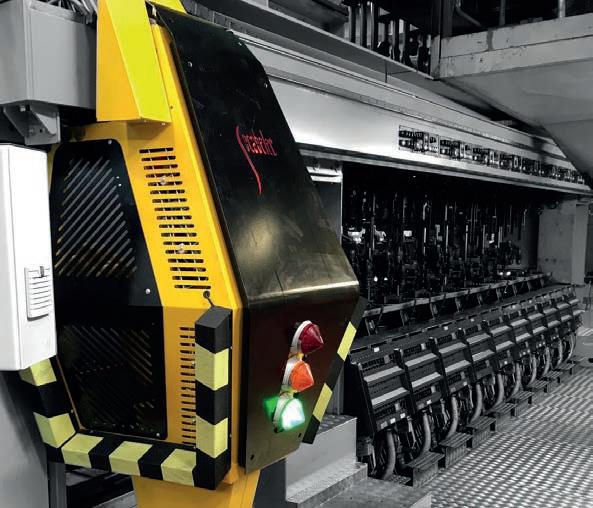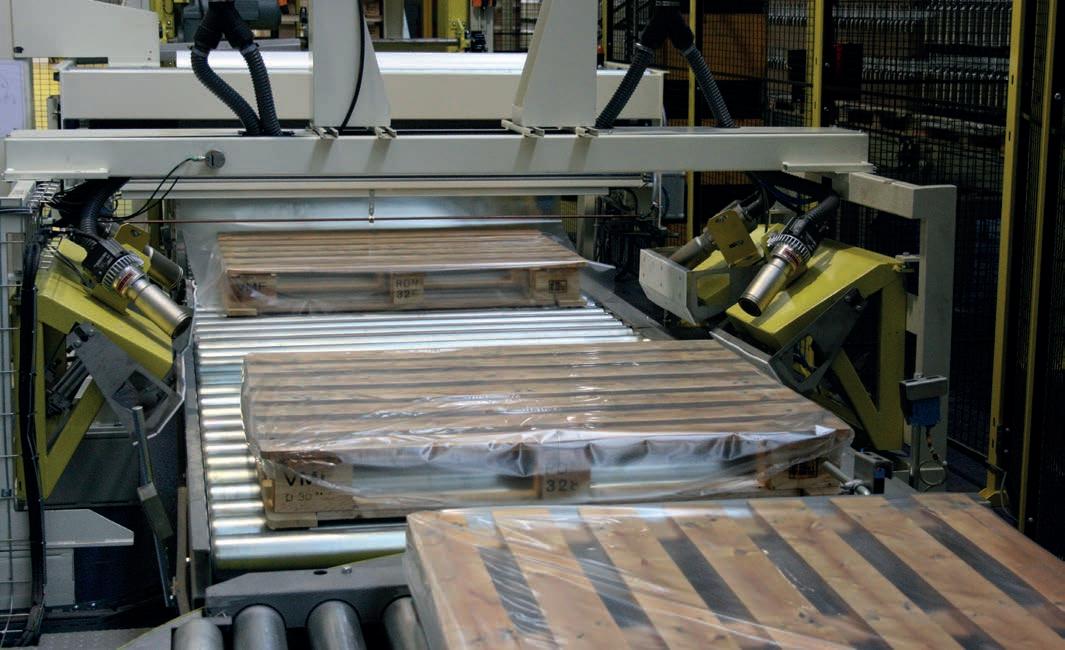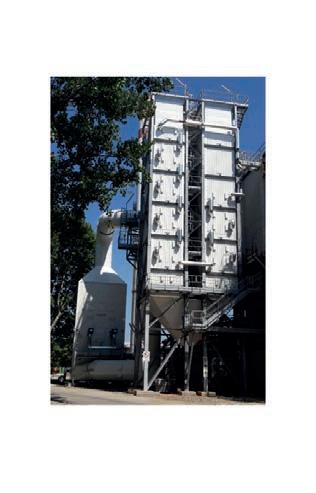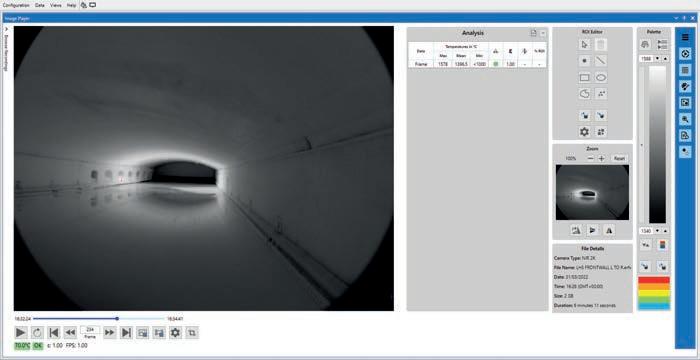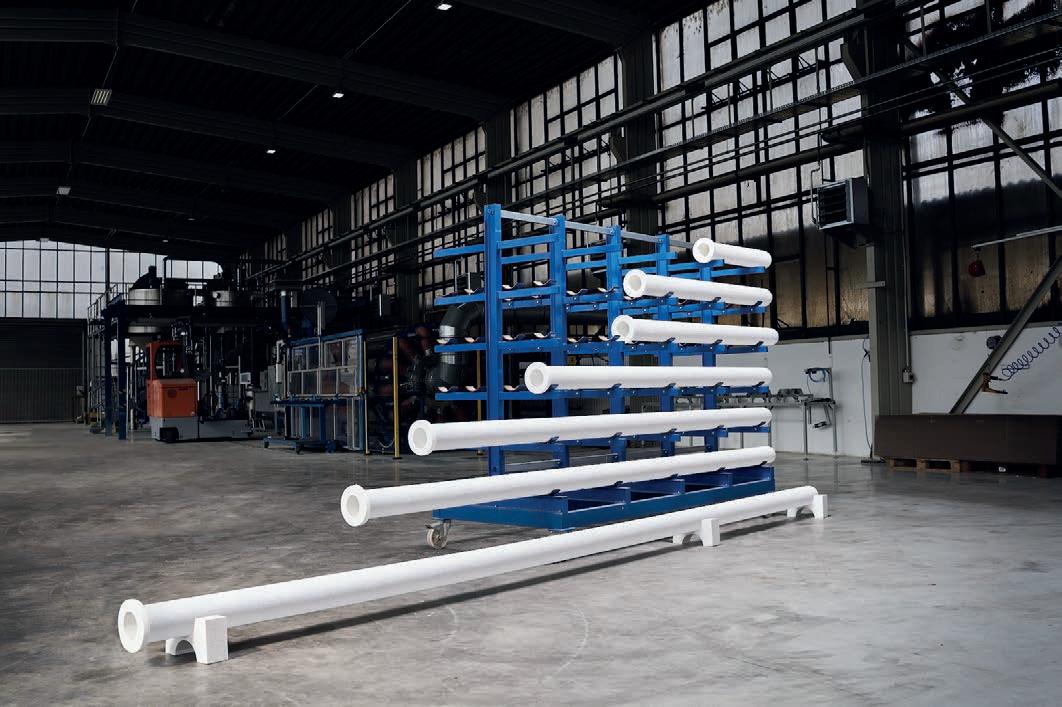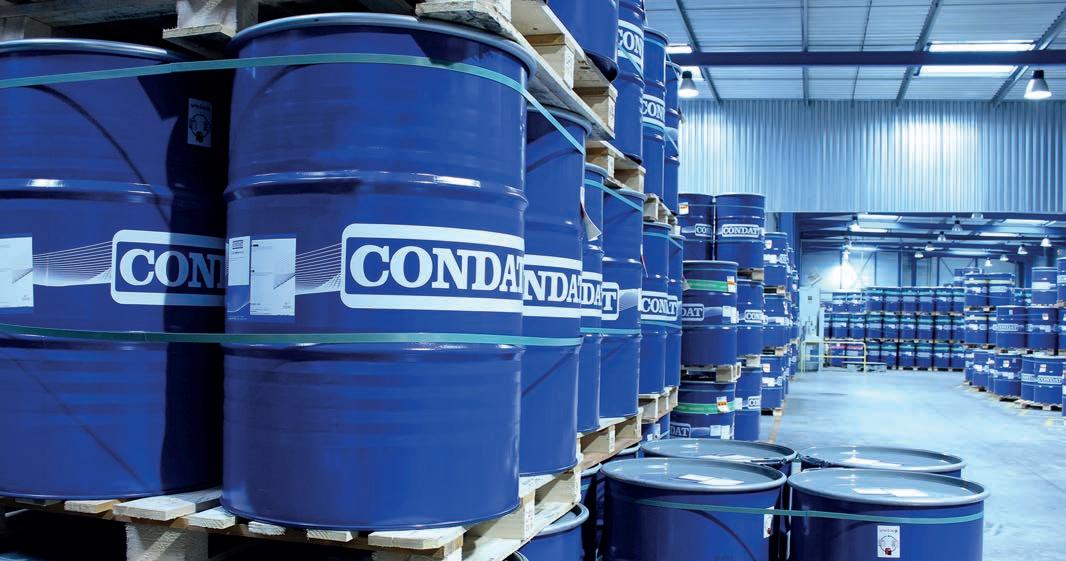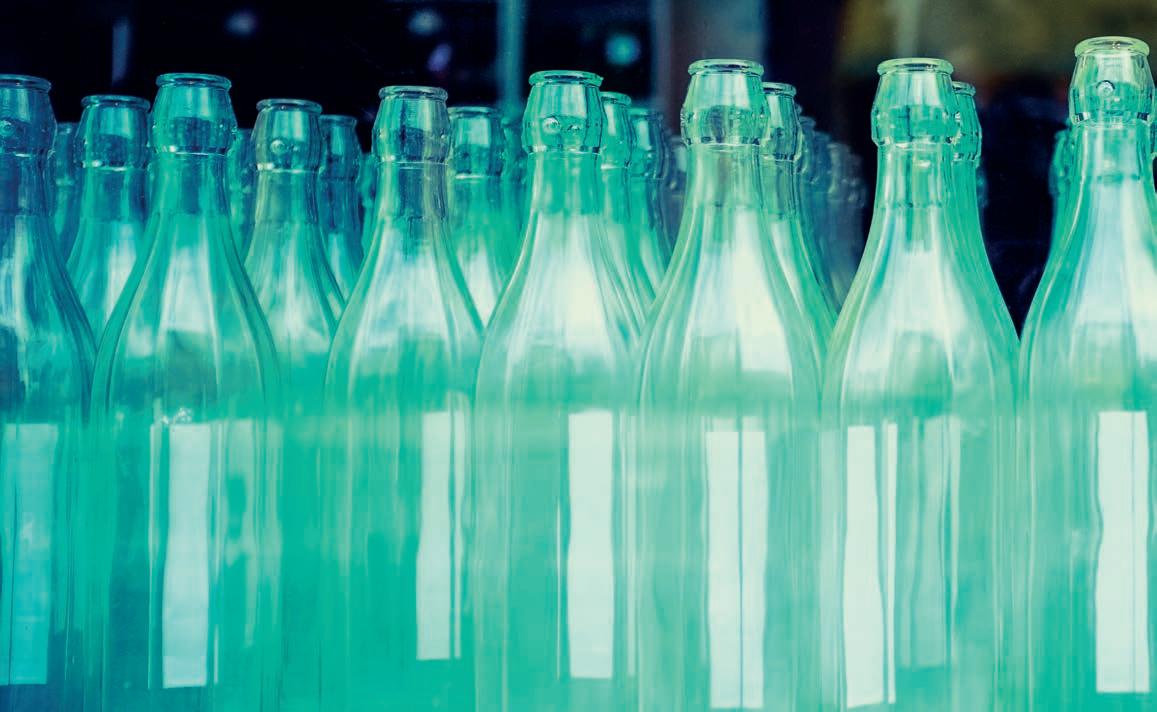
4 minute read
Decarbonisation: Schneider Electric
How glass manufacturers can How glass manufacturers can realise a carbon-free future realise a carbon-free future
Global glass manufacturing produces at least 86 million tonnes of carbon dioxide annually. It is an energy-intensive industry that relies on traditional processes and technologies but has also been traditionally risk-averse. However, coloured glass drinks bottles, for example, produce around 370kg CO2 emissions per ton1 – 150g in every bottle and 50%+ of CO2 footprint of the final product. As the world comes together to drive down carbon emissions, the time is ripe for the industry to change.
Supply chain pressures in mobility, food and beverage and construction industries has already encouraged glass manufacturers to rethink existing glass production technology. However, this drive has accelerated to ensure the Paris 2030 and 2050 decarbonisation targets are met, reflecting growing consumer demand for sustainable products.
To remain competitive, the glass industry must transform its processes quickly. This is where electrification and digitisation of the industry are coming to the fore, not only laying the foundation for sustainable production but also returning wider financial benefits.
Electrifying carbon reductions
75-85% of CO2 emissions in glass manufacturing come from fuel combustion in the melting process. This provides a huge opportunity to slash emissions by replacing gas burners with electrical heaters. All-electric furnaces are quite a move away from traditional fossil fuel-fired smelter systems, not least in the massive reduction in carbon emissions.
Compared to traditional fossil fuel heating at 1.1MWh/ton, net energy use for electric heating is around 35% lower; electric methods release no direct combustion-related CO2, thermal NOx, or SOx emissions. Also, when powered by green electricity such as solar or wind, the system can theoretically run without any CO2 emissions.
The success of the electrical revolution in glass smelting is not purely theoretical, however. It is a proven and commonly used technology suitable for scaling up to meet large-scale systems. Even compared to the most efficient fossil fuel-fired smelter systems, electric furnaces are proving easier to control and maintain. When considered alongside a holistic electrification process and encompassing digitisation, the benefits are boosted even further.
Holistic enefits
Getting the most out of your plant assets while meeting sustainability goals is an increasing challenge that impacts both your profitability and the environment. The benefits of electrification are not limited to the furnace. Considering the complete power system and distribution architecture, from electrical grid to glass, it is possible to supercharge CO2 reductions. This can include integrating high-and medium-voltage distribution equipment, transformers, switchgears, VFD drives and other technologies across the process. This is a different way to incorporate power systems into process design, but one that can lead to significant savings of up to 20% CapEx, by improving the design and performance of the overall process.
For example, electrical furnace design sees complete power systems optimised in terms of cost and reliability through modelling and simulation, using sophisticated digital twin equivalents that can assess whole systems rather than single processes. The result is greater streamlining, leading toward integrating renewables, microgrids, fuel cells, and battery storage technologies to provide resilient power grids and decarbonised energy transport and generation.
Older plants were not designed with modern communications, data acquisition and analytical tools in mind so it can be a struggle to collect and collate information that drives improvements. To achieve maximum impact, electrification and digitisation go hand-in-hand. In an electrified plant, connected IoT devices can provide rich, real-time data that supports greater automation and effective decision-making. From design to maintenance, IoT technologies can ensure safety and efficiency, improve equipment reliability through predictive maintenance, simplify asset management through digital features, and enhance network security.
A force for change
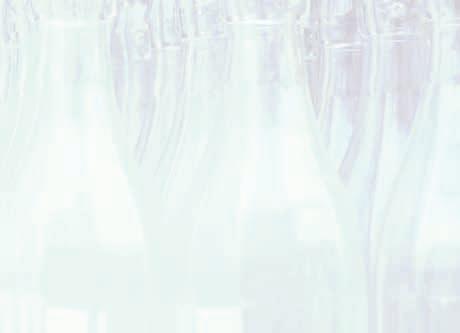
rard e ouef ec discusses how the electrifi cation and digitisation of the industry could help reduce carbon emissions.
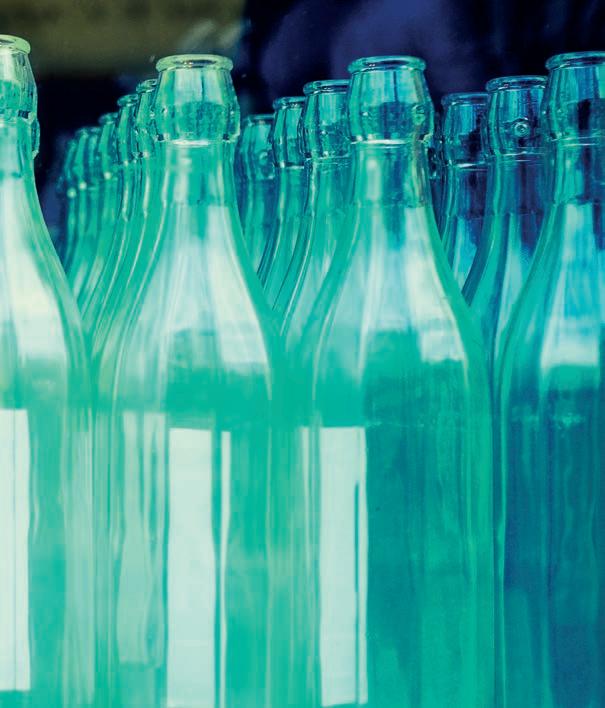

fuel-burning furnaces are working against the industry. Most glass manufacturers only have one opportunity every 10 to 15 years to introduce a new innovative melting process, so it is not surprising that having to live with that decision leads to risk aversion. But the need for change is urgent.
Almost every industry in the world has faced an ‘adapt or die’ moment, and now it is the turn of glass manufacturers to accept that change is here. This is not an easy truth, but any denial or delay in taking action will see the industry suffer. To thrive in an increasingly sustainability-minded environment, glass manufacturers must get clear on the need to challenge the old and embrace the new. While meeting global sustainability goals is justifi cation in itself, the great news is that alongside carbon reduction, today’s electrical innovation drives business benefi ts that impact the bottom line - making the case for electrifi cation crystal clear. �
References

1. Marscheider-Weidemann, F., Singer, N., Singh, R., & Eichhammer, W. (2009). Methodology for the free allocation of emission allowances in the EU ETS post 2012. https://ec.europa. eu/clima/document/download/1ec0de6a-0638-4297-b5cc38235f971512_en
*Business Development Director - Mining, Metals and Minerals, Schneider Electric, Rueil-Malmaison, France https://www.se.com/ww/en/
